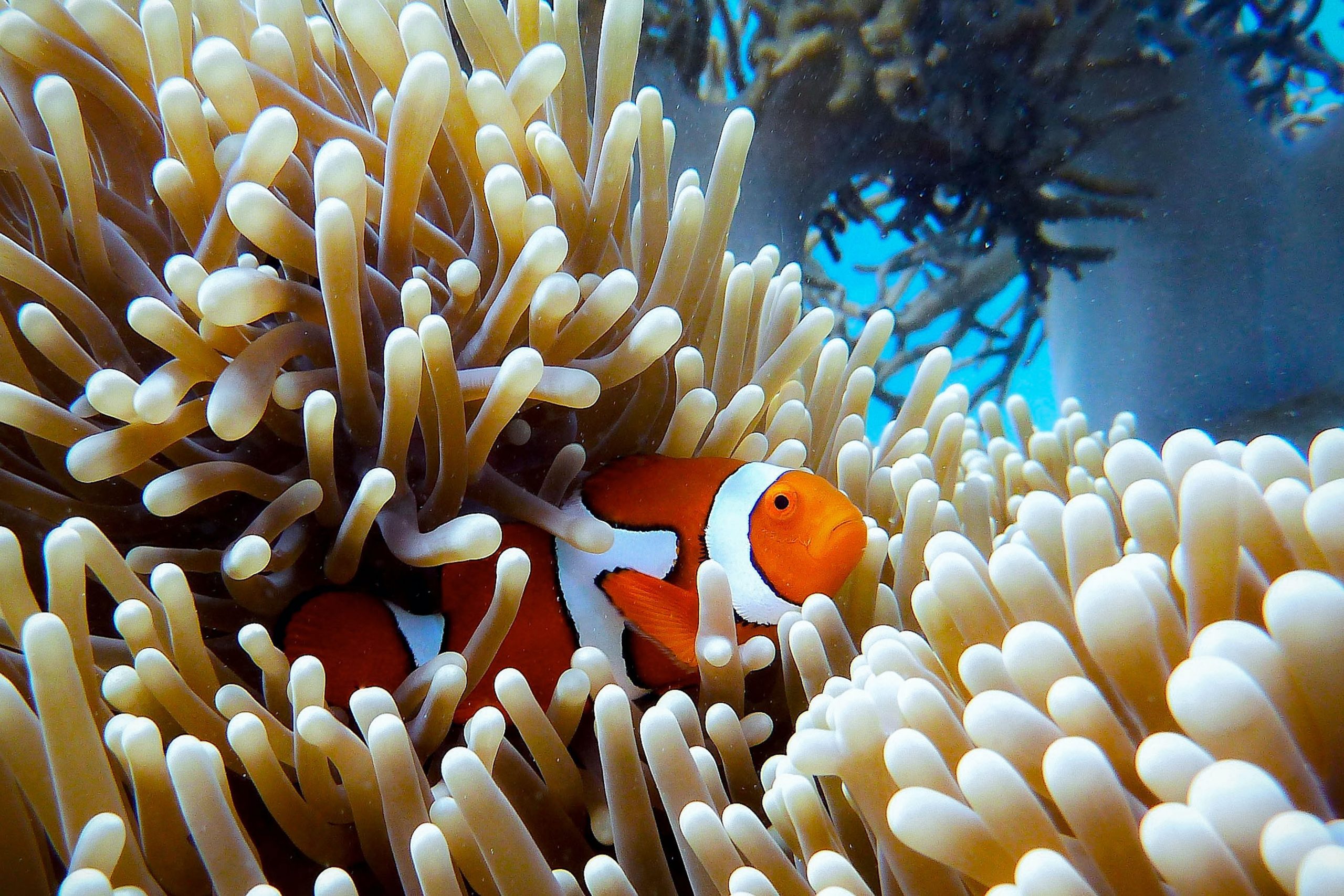Reports of the death of the Great Barrier Reef are greatly exaggerated. Despite having survived at least half a million years of nature’s vicissitudes, the Reef has been under supposedly imminent threat for almost as long as I can remember. In the 1970s, it was the crown of thorns starfish, then it was runoff from farming, now it’s everyone’s favourite doomsday device du jour, climate change.
Oops, “global boiling”, I believe is the fashionable new scary name.
Whatever — the Reef’s still here. And going far stronger than some would have you believe.
Hard coral cover on the Great Barrier Reef has remained at a historic high level despite a widespread bleaching event in 2022, the latest Australian Institute of Marine Science long-term survey has shown.
Coral cover in the northern and central regions of the reef reached their highest levels since monitoring began 37 years ago in 2022. AIMS said small decreases in cover in 2023 were within the margin for error for the survey results.
Of course, you just know they can’t let good news slip by without some dire finger-wagging.
But the pause in reef recovery illustrated the sensitivity of the reef to stresses, including bleaching, crown of thorns starfish outbreaks and cyclones.
It’s always glass-half-full for these guys.
Marine scientist Peter Ridd said the high coral cover confirmed that the GBR was in good health. “The fabulous condition of the reef demonstrates that the public has been systematically misled by many science institutions about the condition of the reef,” Dr Ridd said.
“The four supposedly devastating bleaching events since 2016 clearly did not kill much coral and it is time for governments and scientists to stop telling the world that the reef is in poor condition and start to be proud of it, and our management of it.”
No-one would deny that any of the threats mentioned above are indeed threats, but at the same time the non-stop screeching about the “death of the Reef” is clearly and unjustifiably exaggerated.
Especially when it comes to climate change. The Reef is at least half a million years old, possibly as old as one million years. In that time, it’s lived through dozens of major climate fluctuations, from temperatures much higher than today, to the Earth plummeting into cooling and widespread glaciation. Yet, here it still is.
Feeling the pressure of the current period of mild warming? Sure. Dying? Absolutely not.
Hard coral cover in the northern section of the reef, north of Cooktown, in 2023 was 35.7 per cent; the central region was 30.8 per cent and the southern region 33.8 per cent.
Because coral reef consists of more than just hard coral including other corals, sponges, algae, sand, rock and invertebrates, AIMS defines 30 to 50 per cent hard coral cover as high value based on historical surveys.
The institute said it was relatively rare for GBR reefs to have 75 per cent to 100 per cent cover.
In the latest survey, only one reef had cover of less than 10 per cent while nearly half of the surveyed reefs (49 out of 111) had hard coral cover levels between 10 and 30 per cent. More than one-third of reefs had hard coral cover levels between 30 and 50 per cent and 18 reefs had hard coral cover between 50 and 75 per cent.
AIMS said most coral reefs of the GBR demonstrated resilience in the absence of acute disturbances, showing the ability to recover from events causing widespread mortality.
The Australian
If only the hooting howler monkeys of the media and “The Science™” were so resilient.

